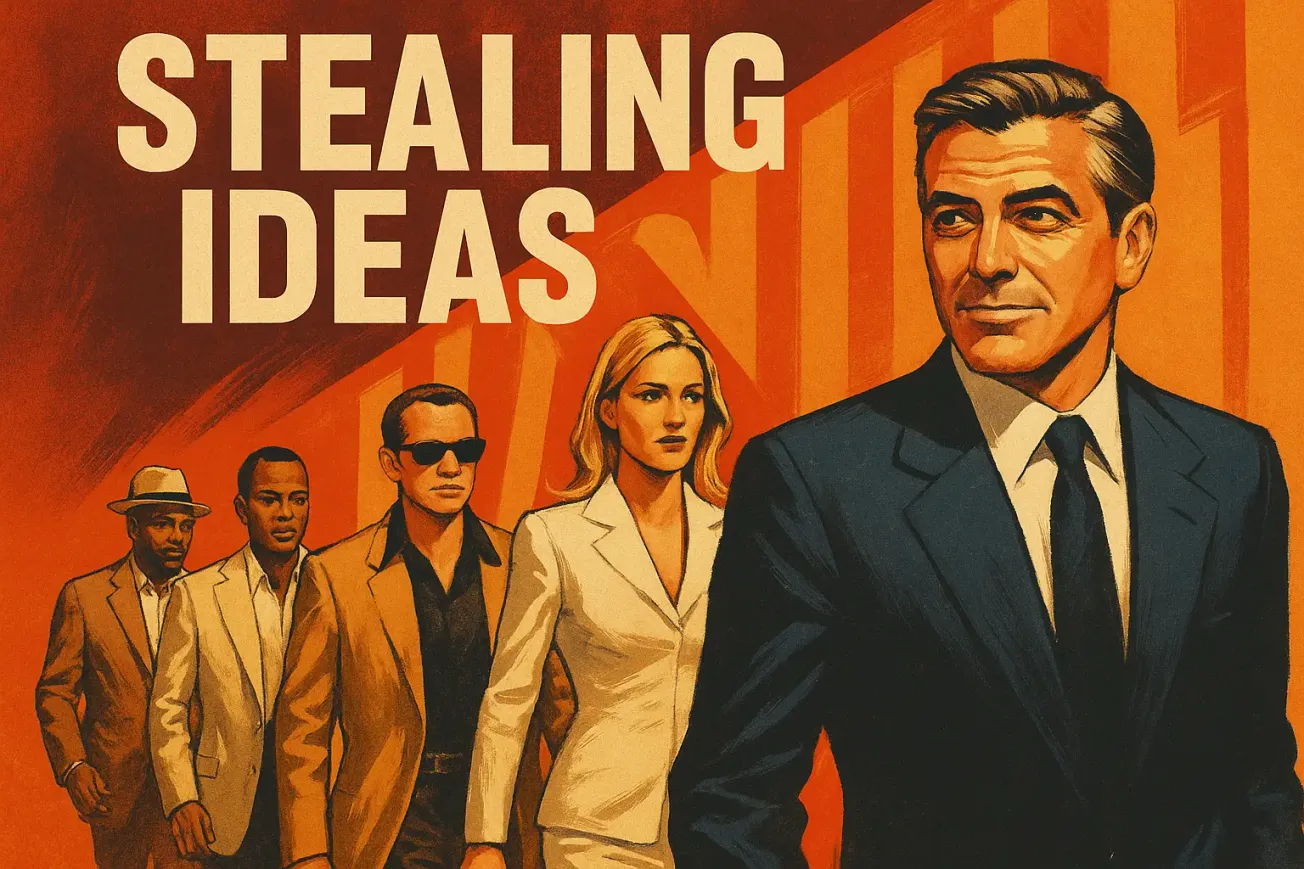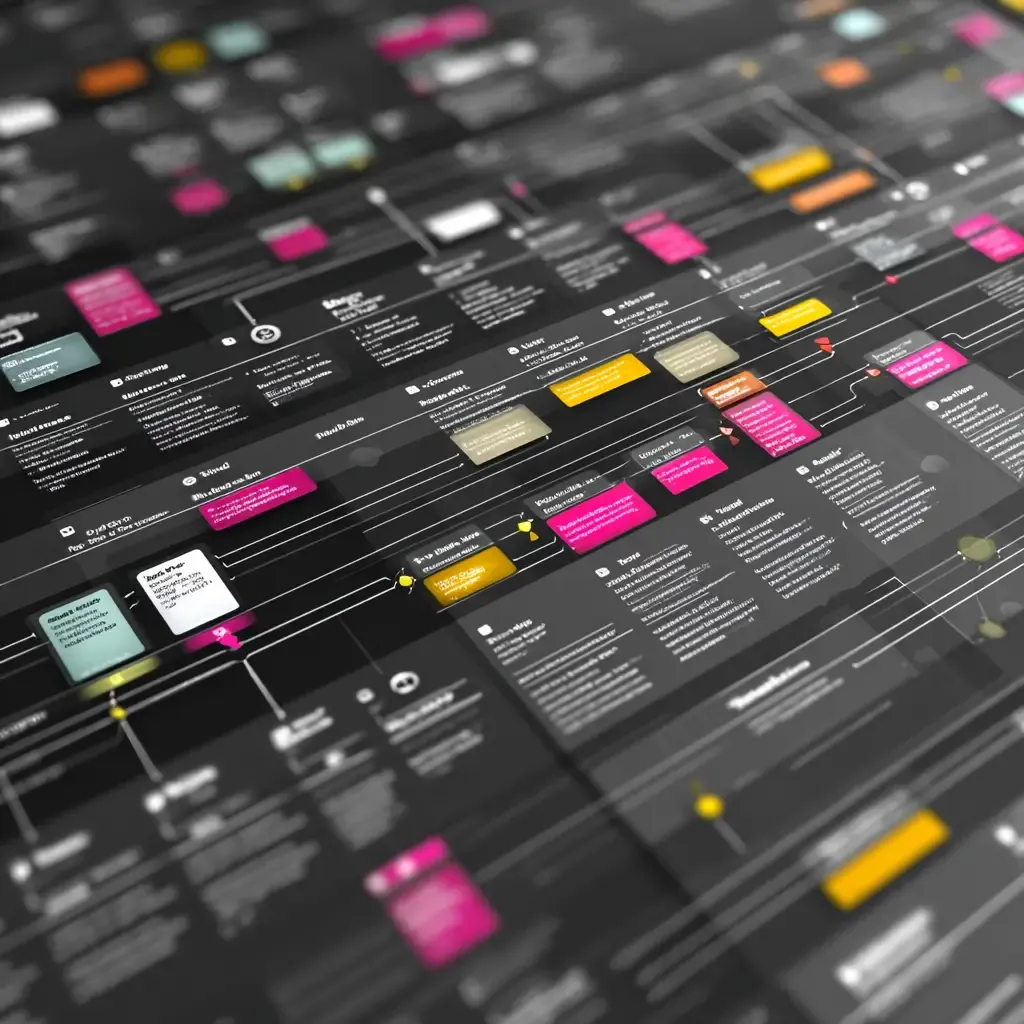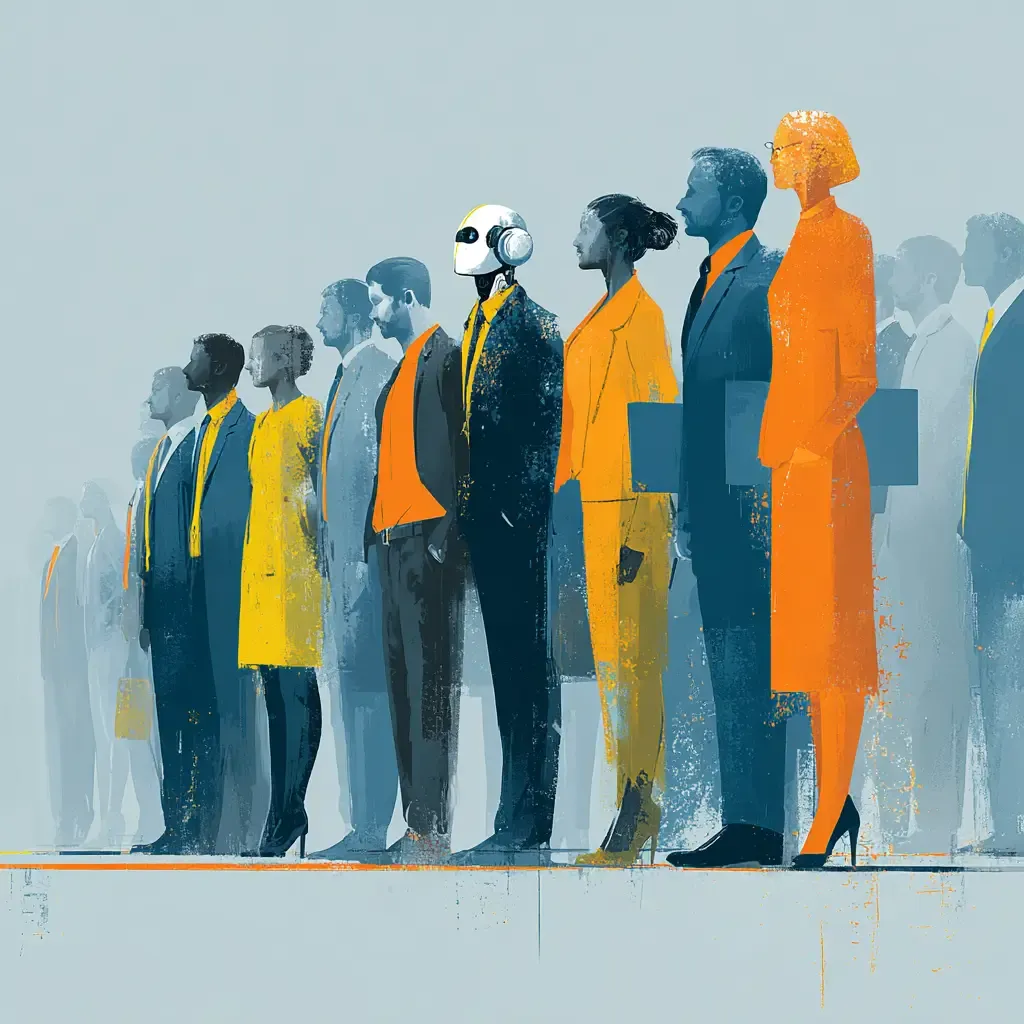What Change Management Can Steal from Customer Experience
Change management (CM) and customer experience (CX) both aim to influence how people move through moments that matter. One focuses on employees and the internal org. The other targets customers and the external brand. But the truth? CX has been better at codifying and operationalizing empathy at scale.
It’s time we stole a few things.
1. Journey Maps > Change Curves
CX professionals rarely ask, “Where is the customer on the curve?” Instead, they ask, “Where are they in the journey?” Journey maps are grounded in real-world interactions, not abstract emotional models. They follow what people do, not just what they feel.
Customer journey maps break down each phase of an experience into discrete steps—awareness, consideration, onboarding, usage, and renewal—and tie them to emotional states, pain points, and opportunities. The best ones are built from interviews, data, and real observations. Meanwhile, many change managers are still clinging to the Kübler-Ross curve or ADKAR as a way to diagnose where people “are” in a transformation.
That’s useful for understanding mindsets, but insufficient for designing experiences.
Steal this: Try building a journey map for an employee impacted by a transformation—from announcement to adoption. Include what systems they touch, what meetings they sit in, and where friction appears. You’ll design better comms and training just by seeing the world through their eyes.
2. Voice of the Customer (VoC) Programs
CX teams obsess over customer feedback. It’s baked into everything: product development, service delivery, user experience, even branding. They don’t just ask, “What did you think of this experience?”—they build always-on systems to listen, analyze, and respond.
CM, by contrast, tends to front-load feedback: a stakeholder interview or two, a pulse survey before go-live, maybe a smile sheet after training. Then we declare success and move on. But change doesn't end at cutover. That’s when it begins for employees.
Steal this: Stand up a lightweight “Voice of the Employee” program during your next change effort. Create a simple mechanism—anonymous forms, Slack polls, QR code posters, manager check-ins—where people can report what's confusing, what's working, and what support they still need. Treat that feedback like gold and use it to iterate your approach. You’ll get better outcomes and build more trust.
3. Personas That Aren’t a Joke
Done right, CX personas are living tools that drive decisions. They help teams remember that customers aren’t just “users”—they’re people with goals, constraints, and expectations. A persona might represent a budget-conscious buyer who only shops on mobile during lunch breaks, or a loyal power user who values premium service and instant support.
In change management, we’ve tried to copy this with employee personas—but they often fall flat. Too often, they’re abstract archetypes built from guesswork and locked in a PowerPoint no one opens again. “Skeptical Sarah” and “Overwhelmed Omar” might sound catchy, but they rarely reflect the messy complexity of real stakeholders.
Steal this: Build personas based on real inputs: interviews, behavioral data, support requests, and shadowing sessions. Then put them to use. When designing a training, ask: “Would this format work for Marisol, our field tech supervisor with limited screen time?” When writing comms, test it against Anthony, your skeptical middle manager who cares most about how this affects his team’s workload. Real personas drive relevance. Fake ones just decorate decks.
4. Channel Strategy
CX teams take channels seriously. They tailor content to the medium—short, punchy updates for SMS; richer storytelling via email; onboarding nudges in-app. They study open rates, click-throughs, bounce rates, and engagement timing. Why? Because the message is only effective if it's seen and understood.
In CM, we often default to the lowest common denominator: all-employee emails, one-size-fits-all webinars, and intranet updates that no one reads. Meanwhile, critical groups like field teams, night-shift workers, or contractors never hear a thing until they’re already frustrated.
Steal this: Map your internal channels the way CX maps customer touchpoints. Who uses what? When and why? Where do messages get ignored? Create a multi-channel plan: some messages via team huddles, others through managers, Slack, Yammer, QR posters, or embedded prompts in systems. Use channel + timing + message format as a triad—not an afterthought. If you want the message to land, you have to go where your people already are.
5. Service Recovery Models
CX knows that things go wrong. A product gets delayed. A system crashes. A customer receives a defective item. But top-tier companies plan for these moments. They train staff on how to acknowledge the problem, empathize with the customer, offer a solution, and follow up. These “service recovery models” are drilled into frontline teams as part of the playbook—not as a worst-case scramble.
In CM, we still act like rollout hiccups are failures to be hidden. When a change goes sideways, we often go silent—or push out bland “we hear you” messages that make things worse. That erodes trust fast. People don’t expect perfection, but they do expect accountability.
Steal this: Treat negative change experiences the way CX treats service failures. Acknowledge the issue quickly and candidly. Offer a clear plan for resolution. Give people a way to ask questions or get support. And most importantly, close the loop. Let them know what’s being done and when. Change credibility isn’t built by getting everything right. It’s built by responding when things go wrong.
Final Thought
CX has built a discipline around making people feel seen and supported—not in a vague, theoretical sense, but in clear, measurable, intentional ways. Change work demands the same. If we’re serious about enabling humans through disruption, we should steal shamelessly from the people who’ve already figured out how to do it at scale.
The future of change management isn’t just about frameworks. It’s about experience design. And the best experiences? They start by listening better, designing smarter, and delivering with empathy.
ChangeGuild: Power to the Practitioner™
Frequently Asked Questions
What does CX stand for, and how is it different from change management?
CX stands for Customer Experience. While CX focuses on optimizing how customers experience a product, service, or brand, change management is about helping internal employees adopt new ways of working. Both involve journey mapping, empathy, and communication—but apply them to different audiences.
Why should change practitioners care about the CX playbook?
Because CX has mastered designing for emotional resonance and human behavior. By borrowing tools like journey maps, personas, and feedback loops, change practitioners can make their interventions more effective, relevant, and scalable.
What CX tools are most useful in change management?
Some of the most transferable CX tools include customer journey maps (adapted to employee journeys), voice-of-the-customer feedback systems (turned into voice-of-the-employee), personas, channel strategies, and service recovery models for when change initiatives falter.
How can I create a Voice of the Employee (VoE) program?
Start small. Use Slack polls, QR-coded posters, anonymous forms, or manager check-ins to collect real-time feedback during a transformation. Treat this feedback as data—analyze trends, respond quickly, and adjust your approach accordingly.
Is using service recovery in change management really necessary?
Yes—people don’t expect perfection, but they do expect accountability. Borrowing from CX's service recovery model helps change teams build credibility and maintain trust when things go sideways.
Recommended Reading
If you enjoyed this article, you might also find these helpful:



Ready to Level Up Your Change Game?
CX has mastered the art of empathy at scale. It's time we did the same. I coach change practitioners to build smarter, more human-centered approaches—borrowing the best from customer experience.
Let’s sharpen your edge.
This post is free, and if it supported your work, feel free to support mine. Every bit helps keep the ideas flowing—and the practitioners powered. [Support the Work]










